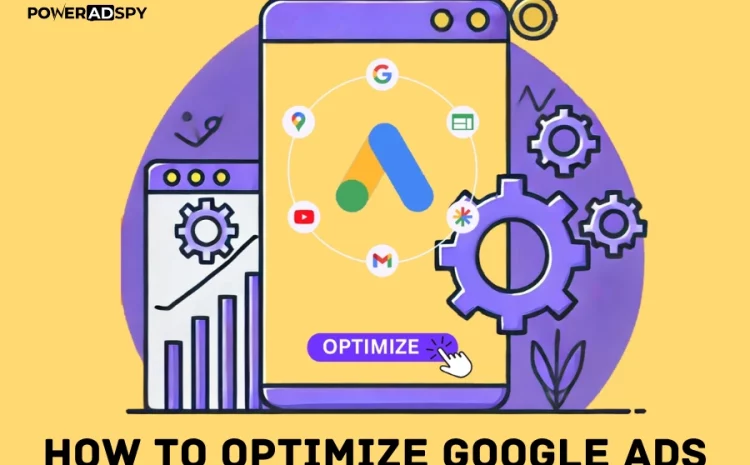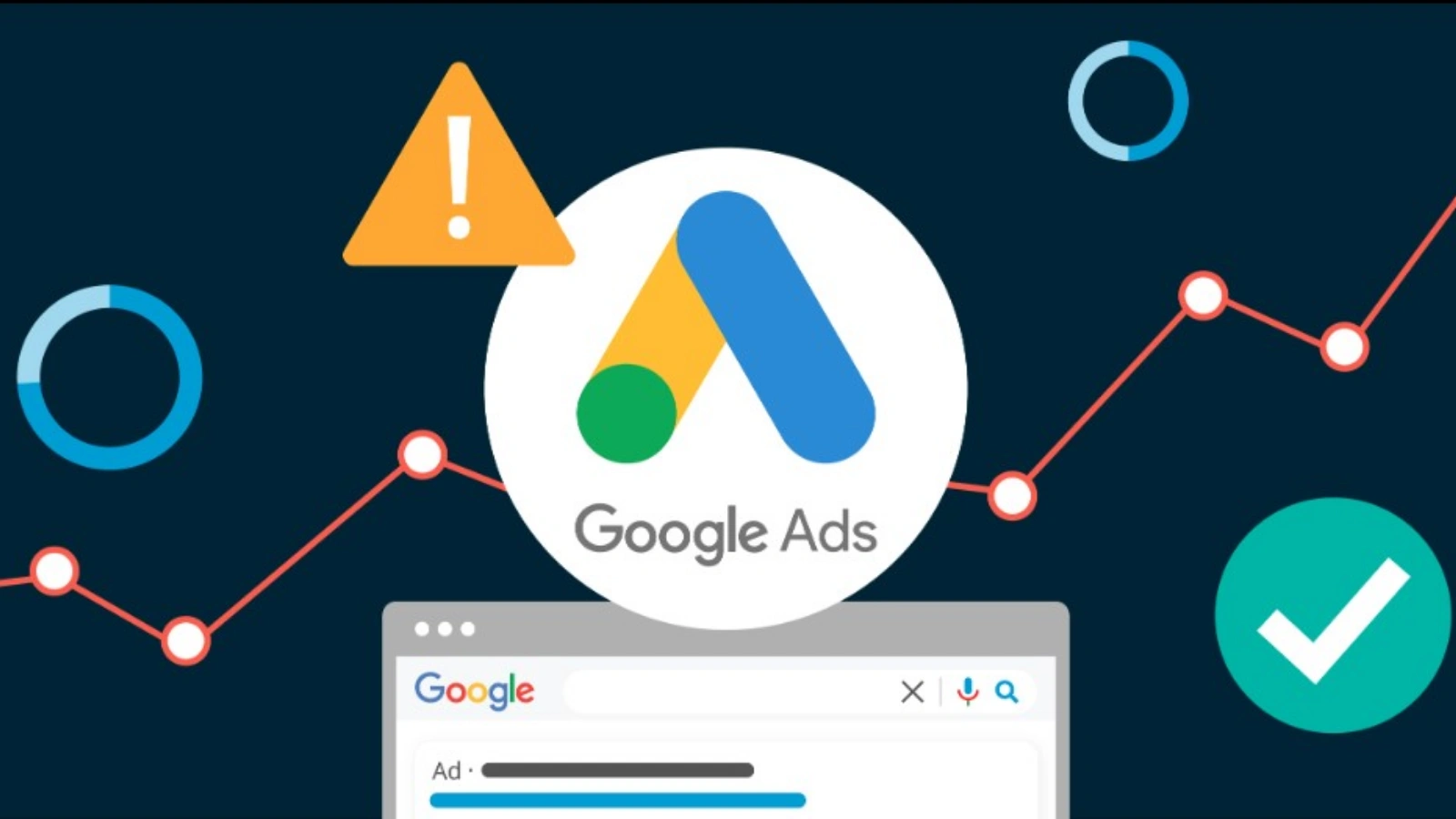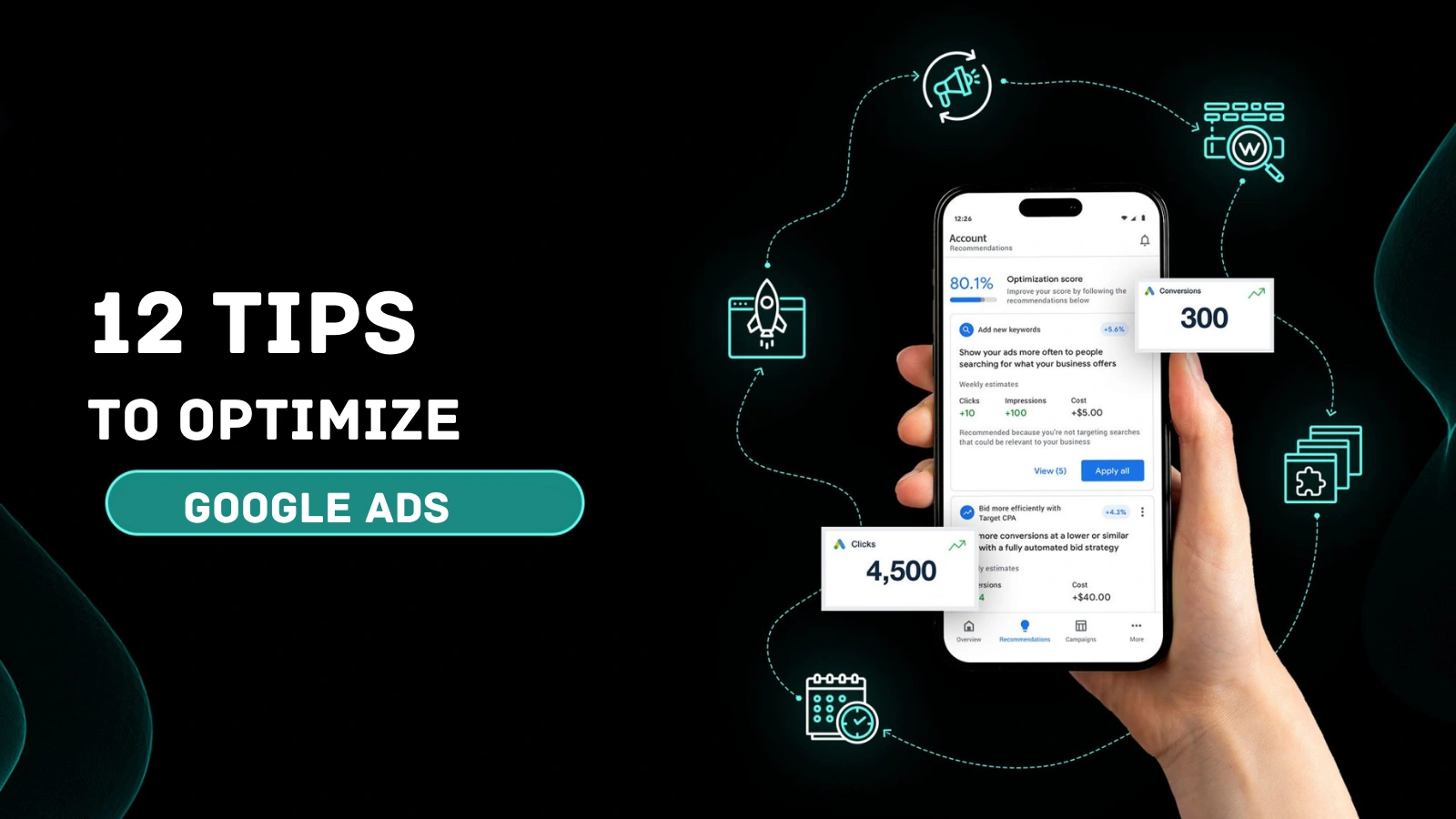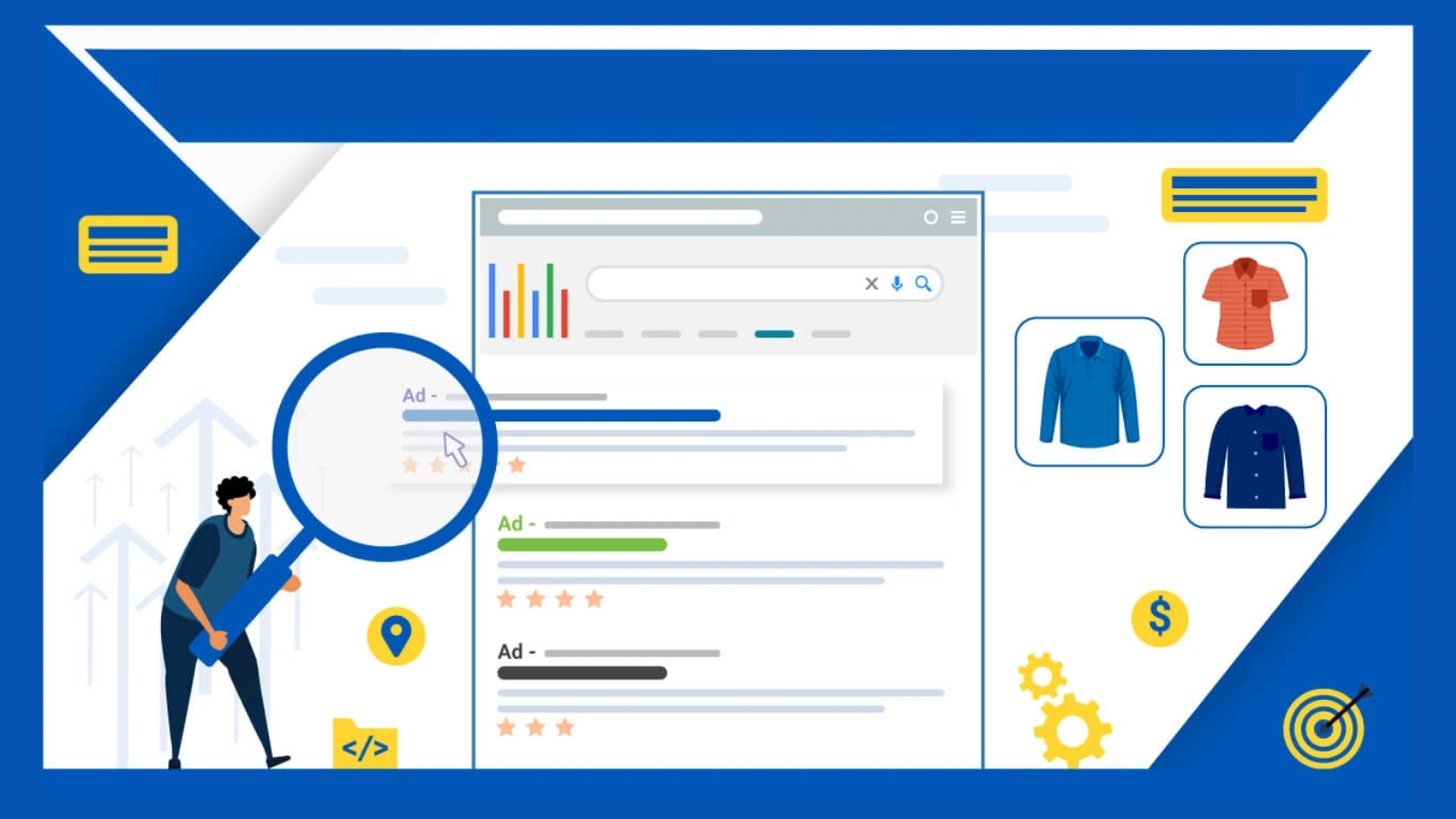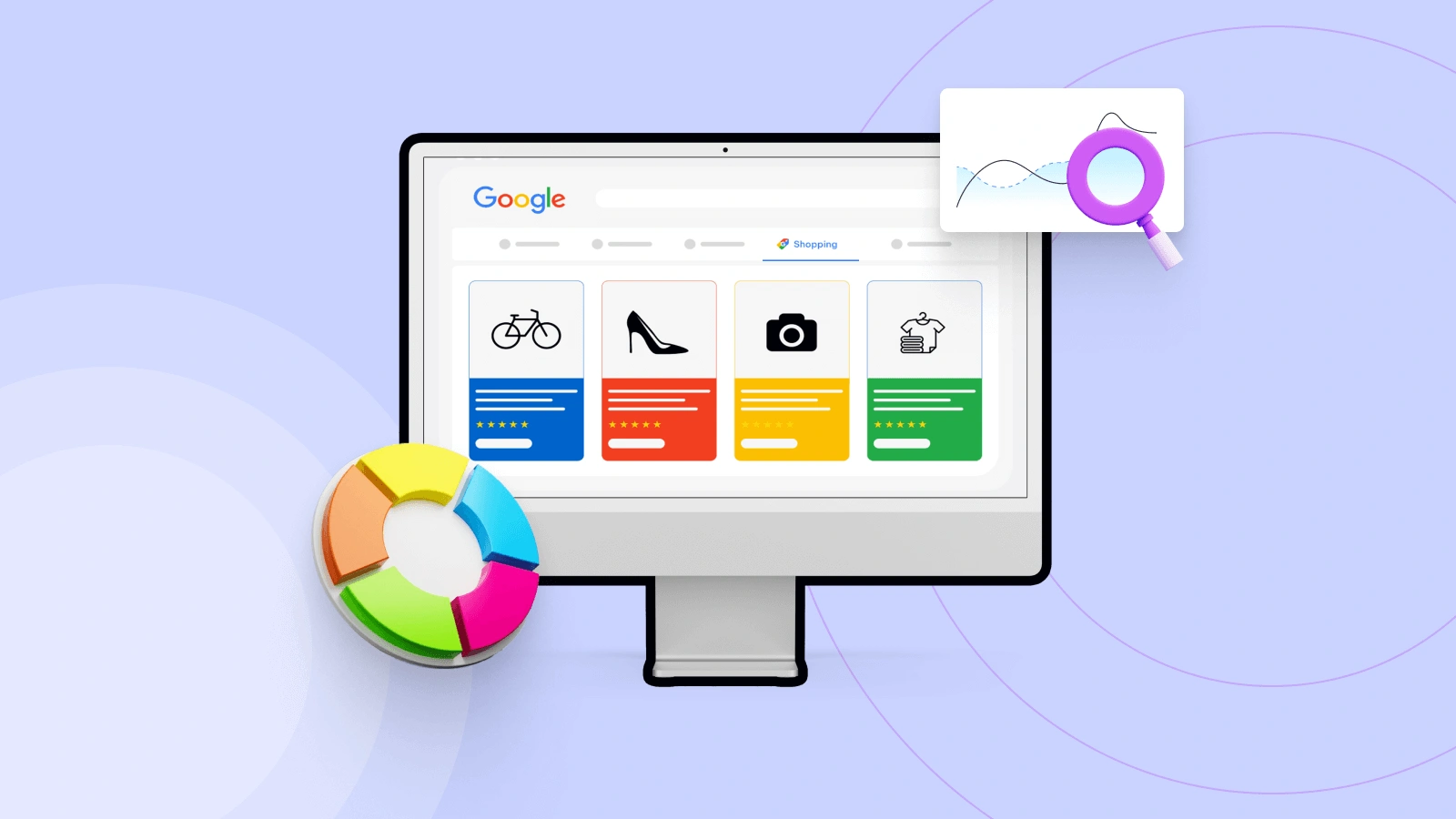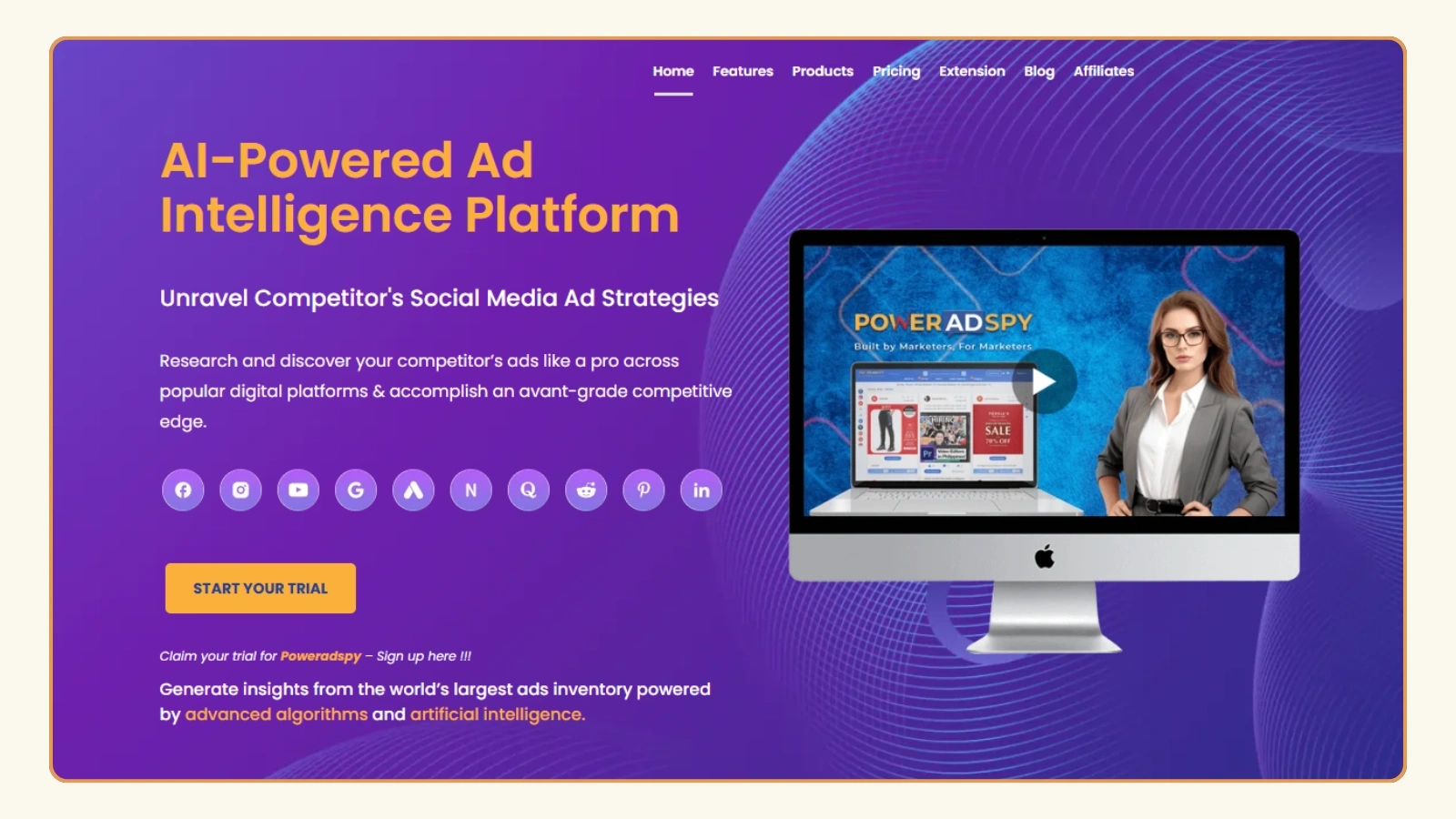How To Optimize Google Ads For Maximum Results?
These days, online attention is harder to earn and more valuable than ever. When you’re investing real money into advertising, every single click should move the needle. Google Ads is still one of the most powerful tools, but getting real results takes more than just picking a budget and writing a few headlines. You need a smart, well-structured approach to truly optimize Google Ads for performance.
Whether you’re running ads for your own business or managing campaigns for clients, this in-depth guide will walk you through exactly how to optimize Google Ads for better click-through rates, lower costs per click, and stronger conversions.
Hit ‘Play’ Button & Tune Into The Blog!
What Does It Mean To Optimize Google Ads?
Before we dive into the steps and strategies, let’s define what we mean when we say optimize Google Ads.
Optimizing a Google ad campaign means adjusting and improving your ad settings, creatives, keywords, targeting, and bidding strategies to increase performance. The goal is to achieve the highest possible ROI from your advertising efforts.
This involves continuous monitoring, testing, and refining to make sure every dollar spent contributes to meaningful business results.
Why It’s Important To Optimize Google Ads For Consistent Results?
Many marketers fall into the trap of set it and forget it. But Google Ads isn’t a static platform. The performance of your campaigns can fluctuate based on market trends, competition, seasonality, and algorithm changes.
Here are a few reasons why it’s essential to optimize Google Ads:
Minimizes Wasted Ad Spend:
By continuously refining targeting and keyword strategy, ad spend is focused on what actually drives results. This helps eliminate budget drain from underperforming or irrelevant clicks.
Improves Click-Through Rates (CTR):
Optimizing ads ensures they are highly relevant to users’ search intent. This increases the likelihood that users will click, boosting overall campaign engagement.
Increases Conversion Rates:
Well-optimized campaigns align ad messaging and landing pages with what users are actively looking for. This streamlines the conversion process and boosts return on investment.
Lowers Cost Per Click (CPC):
Better ad relevance and improved Quality Scores reduce the amount paid for each click. This means more traffic can be driven at a lower cost.
Also Read:
Google Ads Campaign Optimization: Checklist & Actionable Tips
12 Key Steps To Optimize Google Ads For Maximum Results
1. Start With Clear Goals:
To effectively optimize Google Ads, begin by defining what you want to achieve. Clear goals shape every decision in your campaign, from keywords to targeting.
- Generate leads: Focus on capturing user details through lead forms or inquiries, ideal for service-based businesses.
- Increase online sales: Use Shopping or Search campaigns to drive direct purchases on your website.
- Drive in-store traffic: Use location-based ads to reach nearby users and increase foot traffic to your physical store.
- Build brand awareness: Choose Display or Video ads to reach a broad audience and get your brand noticed.
Once your objective is clear, it becomes easier to choose the right campaign type and create ads that deliver results.
2. Choose the Right Campaign Type:
Google Ads offers several types of campaigns. Choosing the right one is critical when you want to optimize Google ads:
- Search Campaigns: Ideal for capturing high-intent users actively searching for your products or services.
- Display Campaigns: Great for building brand awareness through banner ads across the web.
- Shopping Campaigns: Perfect for e-Commerce businesses marketing product listings.
- Video Campaigns: Use YouTube to reach potential customers via engaging video ads.
- Local Service Ads: Best for local businesses looking to generate phone calls or appointment bookings.
Each of these has its own optimization tactics, which we’ll discuss below.
3. Optimize Google Search Ad Campaigns:
To truly master how to optimize Google search ads campaign, start by focusing on three key areas:
- High-Intent Keywords: Choose keywords that show buying intent rather than just informational queries.
- Ad Extensions: Add site links, callouts, and structured snippets to increase ad real estate and clickability.
- A/B Testing: Continuously test different versions of ad copy to find the highest-performing headlines and descriptions.
Regularly review the Search Terms Report to weed out irrelevant queries and add negative keywords. This is a simple but effective way to optimize Google ads and cut unnecessary spend.
4. Keyword and Bidding Strategy:
To optimize Google Ads effectively, your keyword and bidding strategy must work together.
Use a mix of match types (broad, phrase, exact) to balance reach and relevance, and always add negative keywords to filter out poor-quality traffic.
Start with manual CPC bidding for more control, especially if you’re new or lack data. As your campaign grows, experiment with Smart Bidding strategies like Target CPA or Maximize Conversions to let Google’s AI adjust bids and improve results automatically.
5. Optimize Google Shopping Ads For Better Sales:
If you’re wondering how to optimize Google shopping ads, the answer lies in your product feed. Here’s what to focus on:
- Clean Product Titles: Include brand, product type, and key features.
- High-Quality Images: Make sure visuals are crisp, clear, and aligned with your brand.
- Competitive Pricing: Shoppers compare prices directly, so stay competitive.
- Structured Data: Feed attributes like GTIN, brand, and condition should be accurate.
Optimizing your Shopping campaigns means treating your product feed like a storefront. Keep it polished and updated.
Also Read:
7 Google Ads Optimization Tips to Boost Your ROI Now
How To Grow Your Business With Ecommerce Product Marketing
6. Optimize Google Local Service Ads:
If you’re a service-based business, it’s essential to optimize Google Ads tailored for local reach. Google Local Service Ads appear at the very top of search results and offer a powerful way to attract high-intent local leads.
Here’s how to make them work better:
- Maintain a strong Google Business Profile
- Collect consistent reviews
- Respond promptly to leads
- Keep business licenses and insurance updated for verification
These steps not only improve ad visibility but also enhance trust with potential customers.
7. Focus on Quality Score and Landing Page Experience:
When you optimize Google ads, boosting your Quality Score directly impacts your ad rank and lowers your cost per click. Google determines this score by evaluating keyword relevance, the quality of your ad copy, and the user experience on your landing page.
Start by aligning your keywords closely with your ad copy. Use clear, targeted messaging that reflects the user’s search intent. Ad extensions like site links and callouts can also improve click-through rates and enhance Quality Score.
But it doesn’t stop at the click. Once users land on your site, the landing page must deliver. Make sure the page loads quickly, especially on mobile, and that it matches the promise made in the ad. Your call-to-action (CTA) should be visible and compelling, guiding users toward your conversion goal, whether it’s filling out a form, making a purchase, or calling your business.
A seamless, relevant experience from ad to landing page helps build trust and improves your chances of turning a click into a customer.
8. Geo and Device Targeting:
Your campaign performance can vary widely depending on where and how your ads are shown. To optimize Google ads, make use of geo-targeting and device adjustments.
- Identify top-performing locations and allocate more budget there
- Apply bid adjustments to prioritize mobile devices if they generate more conversions.
- Exclude underperforming regions or demographics
This helps ensure your ads reach the right people at the right time.
9. Ad Copy That Converts:
Writing compelling ad copy is one of the most powerful ways to optimize Google Ads. Start by naturally incorporating your main keyword to improve relevance and Quality Score. Use emotional triggers to connect with your audience; phrases like “Don’t Miss Out” or “Limited Time Offer” can prompt action.
Focus on the benefits your product or service delivers, rather than just listing features, and create a sense of urgency to drive immediate clicks. Most importantly, keep testing different variations of your headlines and descriptions.
Even small tweaks in language or tone can lead to significant improvements in click-through rates and overall ad performance.
10. Use a Google Ad Spy Tool:
To outsmart the competition, use a Google Ads spy tool to see what others in your industry are doing. These tools let you:
- Discover new keyword opportunities
- Analyze ad copy from top competitors
- Uncover gaps in your strategy
One standout option in this space is PowerAdSpy, an AI-powered ad intelligence platform designed to unravel your competitors’ ad strategies across major digital platforms. Whether you’re analyzing Google ads, social ads, or Shopify campaigns, PowerAdSpy helps uncover high-performing creatives and placements, allowing you to adapt and optimize Google ads with data-backed decisions rather than guesswork.
How PowerAdSpy Helps You Create Google Ads That Convert?
If you’re tired of wasting budget on trial-and-error campaigns, PowerAdSpy gives you the upper hand. It reveals what’s already working in your niche so you can launch high-performing Google ads with confidence and precision.
Top PowerAdSpy Features You’ll Love
Discover Ads by Niche, Keyword, or Advertiser:
Quickly search millions of live ads based on industry, keywords, or specific advertisers. It helps you uncover what’s trending and tailor your strategy to match real market demand.
Analyze Real Ad Performance Instantly:
See how ads are performing based on likes, shares, comments, and duration. These insights let you spot top-performing creatives without having to test everything yourself.
Skip A/B Testing with Data-Driven Ideas:
Use proven ad creatives as your blueprint instead of guessing. PowerAdSpy lets you build smarter campaigns by modeling ads that already convert for others.
Explore a Global Ad Database in Real-Time:
Get access to ad creatives from 100+ countries that are updated daily. This lets you track trends across markets and tap into what’s working globally, not just locally.
Filter by Placement, CTA Type, or Geo-Targeting:
Sort ads based on where they appear, the call-to-action used, or targeted regions. These filters help you zero in on strategies that best fit your campaign goals.
Track Winning Shopify and Video Ads:
Running a store or video campaign? PowerAdSpy highlights the best Shopify and video ads so you can mirror successful formats, angles, and hooks in your creatives.
Save and Organize Winning Creatives:
Easily bookmark standout ads to your swipe file for future inspiration. Build a personal vault of ideas without having to repeat your research every time.
Start using PowerAdSpy today to uncover ad strategies that work and optimize Google Ads with confidence using data-backed insights.
11. Retargeting and Audience Targeting:
Retargeting allows you to reconnect with users who previously interacted with your website but didn’t convert. Dynamic remarketing takes it a step further by displaying personalized ads based on the exact products or services they viewed, increasing the chances of conversion.
To avoid annoying your audience, apply frequency caps that control how often your retargeting ads are shown. This prevents ad fatigue while keeping your brand top-of-mind.
Audience layering helps you create highly focused campaigns by combining attributes like demographics, behaviors, and intent. This ensures your ads reach the most relevant users with messaging tailored to their interests.
12. Monitor and Adjust Regularly:
Optimization is not a one-time effort; it’s a continuous process.. Even the most well-structured Google Ads campaign can underperform if it’s not regularly reviewed. Consistent monitoring helps catch issues early, uncover new opportunities, and ensure your budget is being spent wisely.
At a minimum, performance should be reviewed weekly. Key metrics like CTR, conversion rate, CPC, and ROAS reveal which ads are working and which need to be paused or adjusted. Reallocate budget to top-performing campaigns, experiment with variations, and stay responsive to seasonal or market shifts.
Using built-in reporting tools allows advertisers to act on data rather than assumptions, making this step the cornerstone of long-term success with Google Ads.
Conclusion
Optimizing your campaigns isn’t a one-time task; it’s an ongoing commitment. From refining keywords and improving Quality Scores to leveraging automation and retargeting, there are countless ways to optimize Google Ads for maximum results.
Start with clear goals, track your performance, and always be testing. With these strategies in place, your ad spend will go further, and your results will speak for themselves.
Whether you’re just getting started or looking to take your advertising to the next level, now you know exactly how to optimize Google ads the smart way.
And if you want real-time ad intelligence to stay ahead of the curve, PowerAdSpy can give you the competitive edge you need.
FAQs
1. What is the ideal daily budget for Google Ads?
Ans. The ideal daily budget depends on your industry, goals, and competition. Start small (e.g., $10–$50/day), monitor results, and scale as needed.
2. How long does it take for Google Ads to show results?
Ans. Most campaigns begin showing data within a few days, but meaningful performance trends often take 1–2 weeks of consistent activity.
3. Should I run Google Ads continuously or pause between campaigns?
Ans. Running ads continuously is ideal for data collection and optimization. Pausing may reset learning phases and impact campaign consistency.

